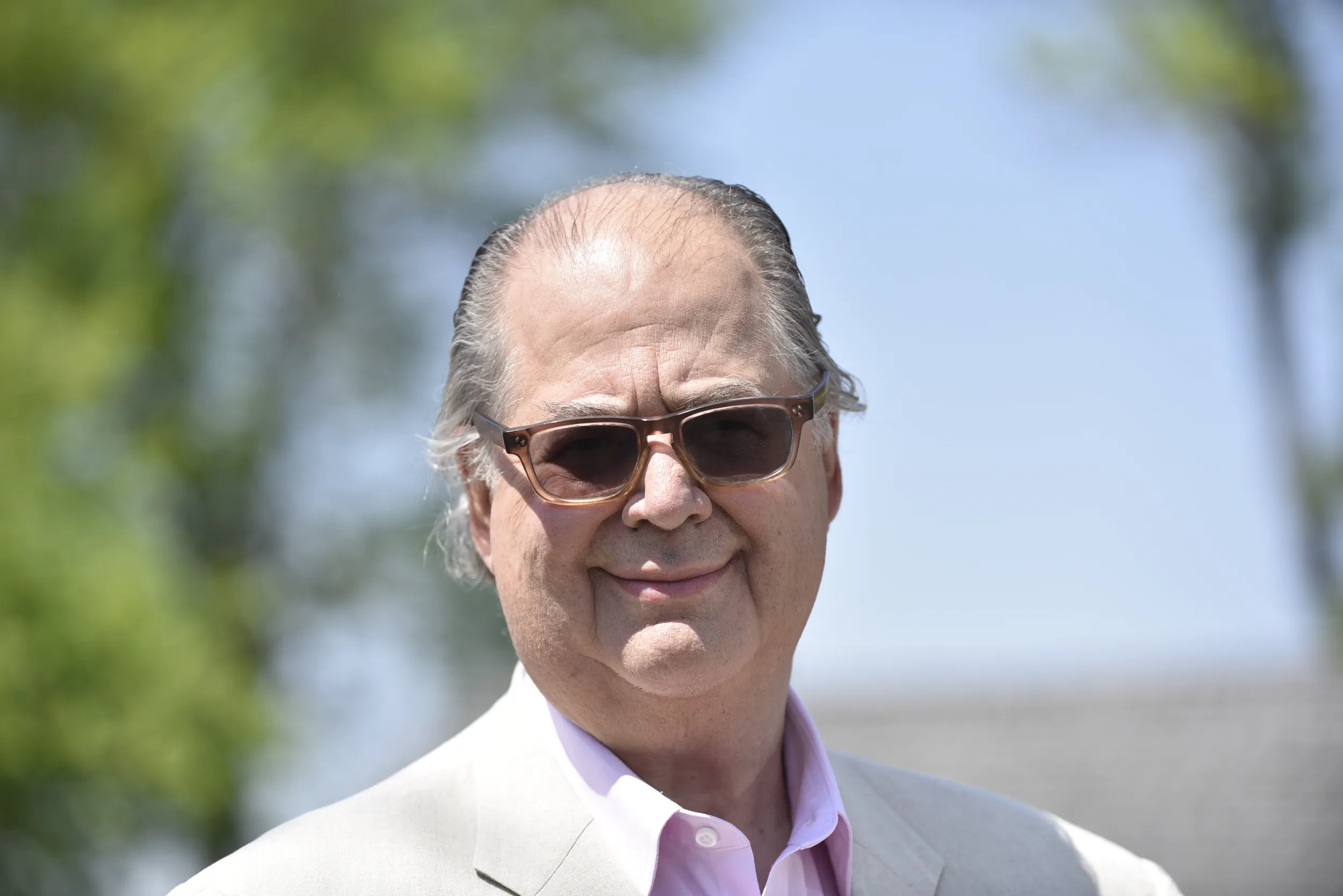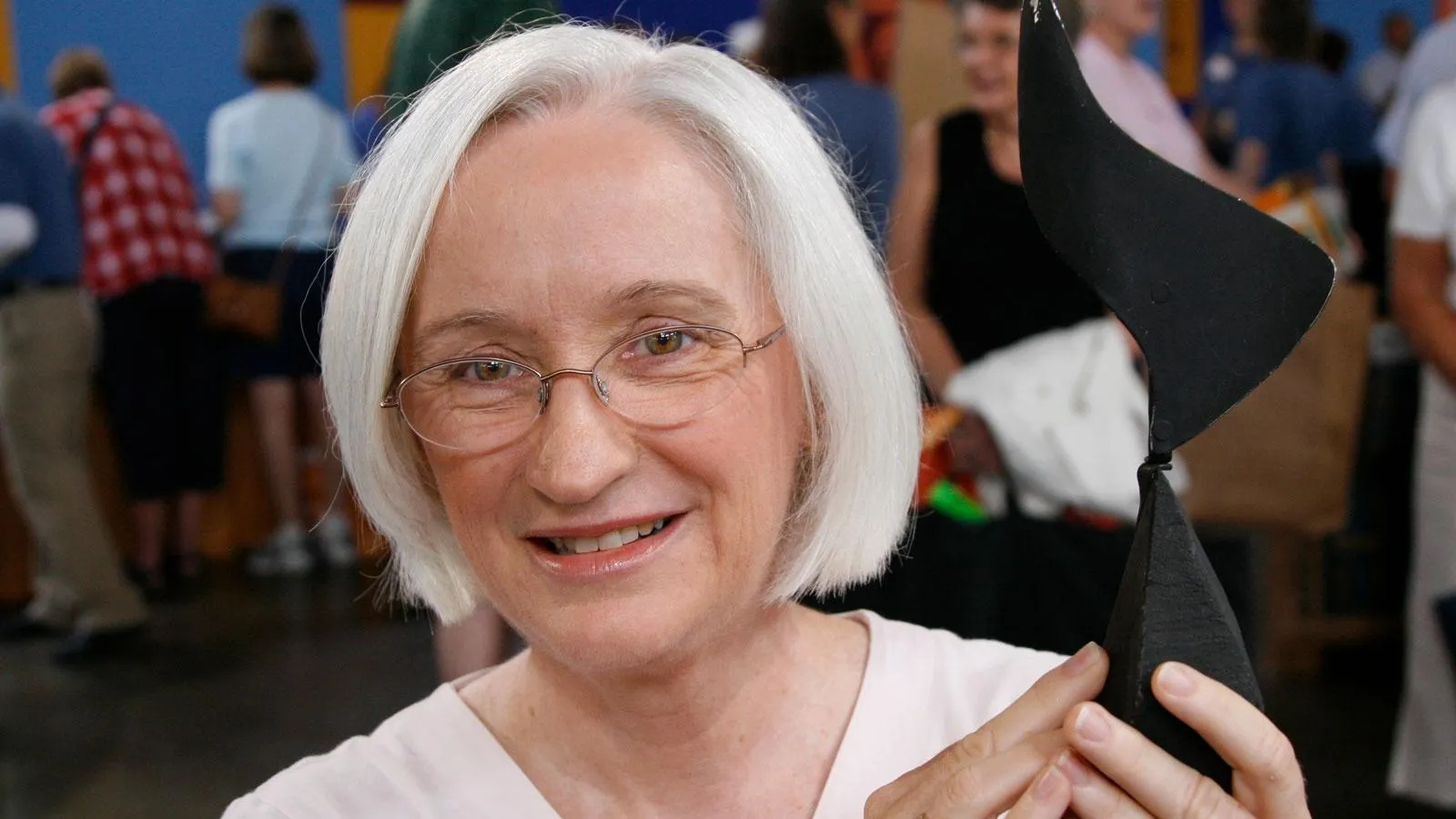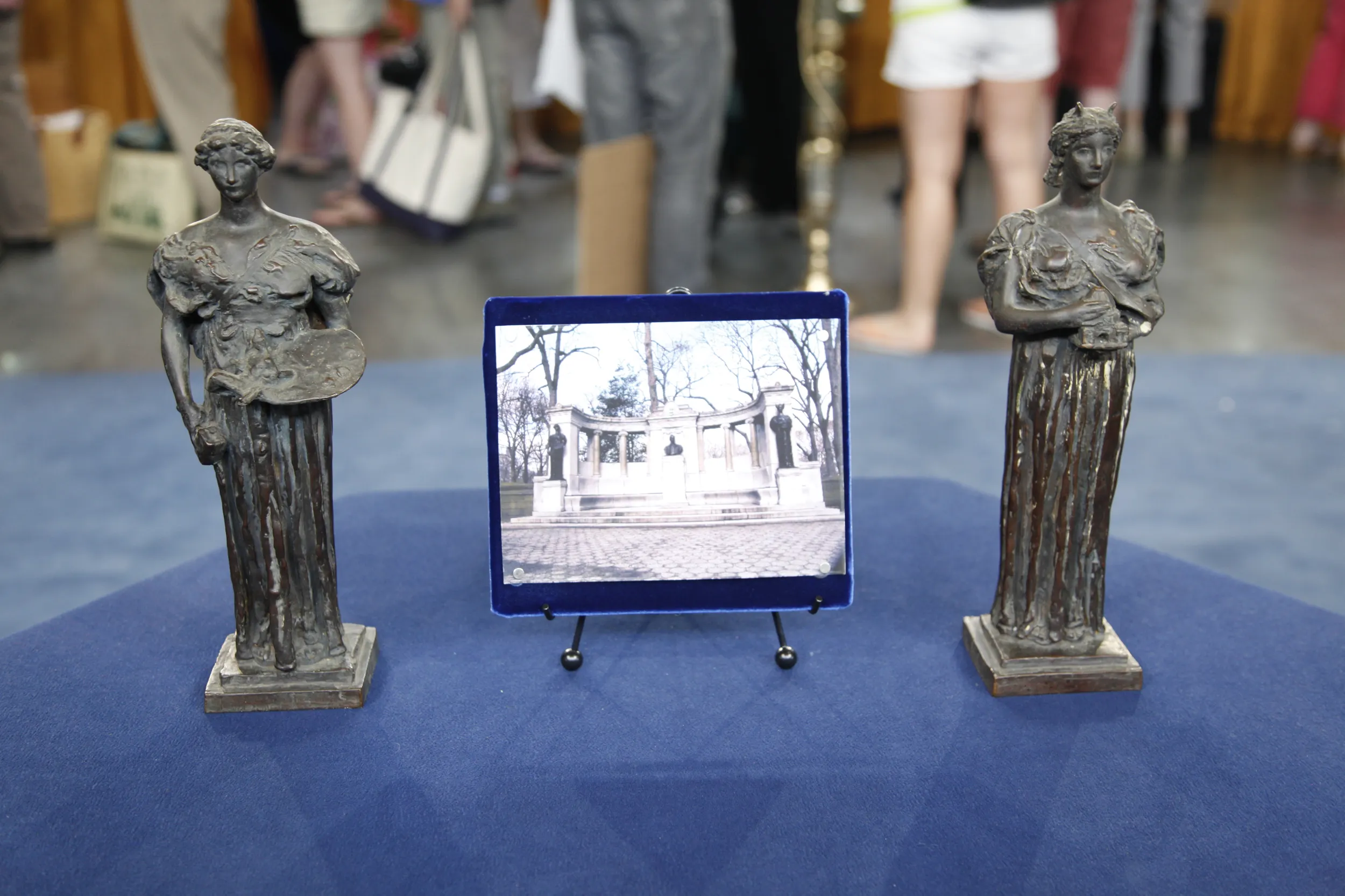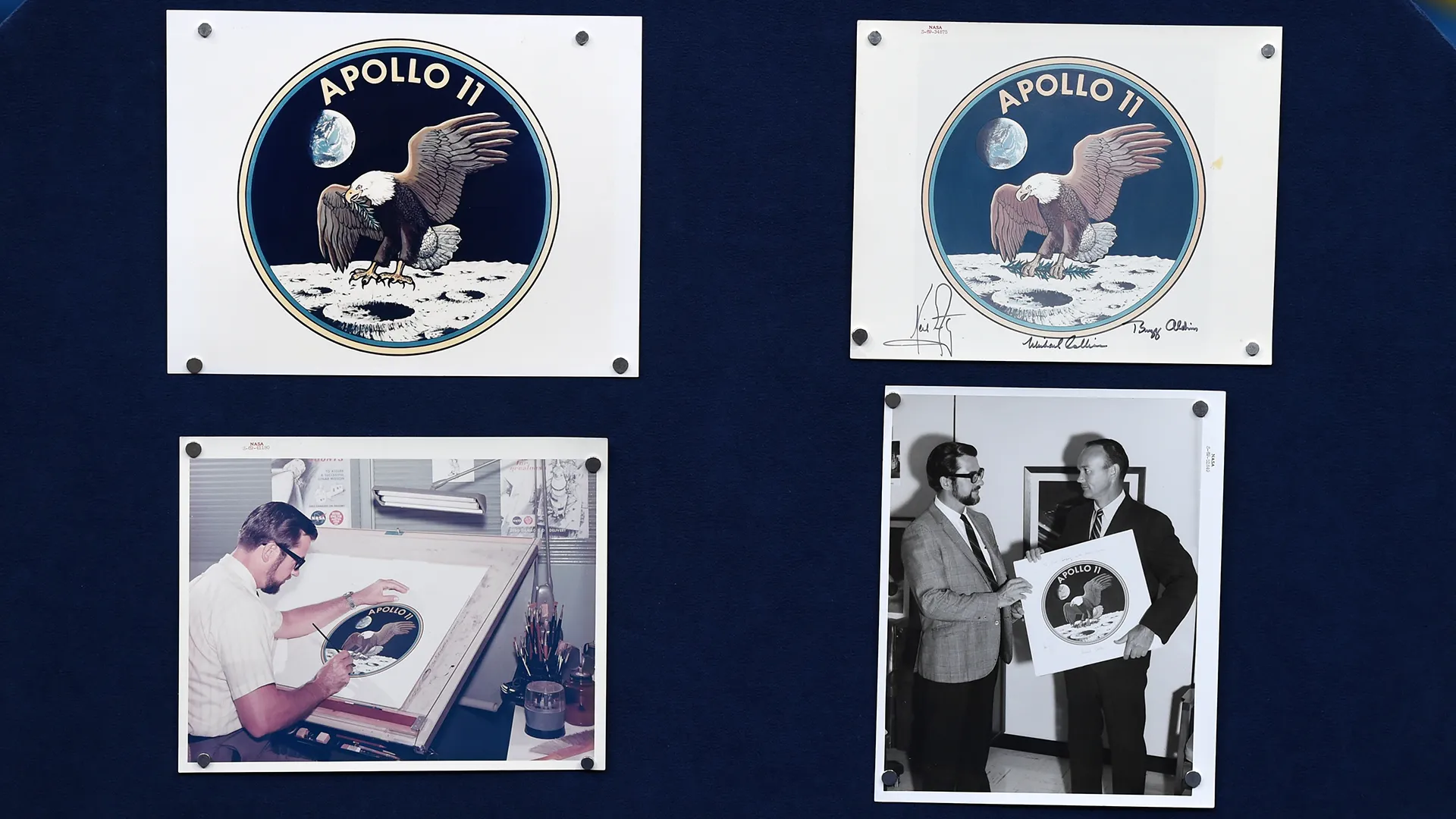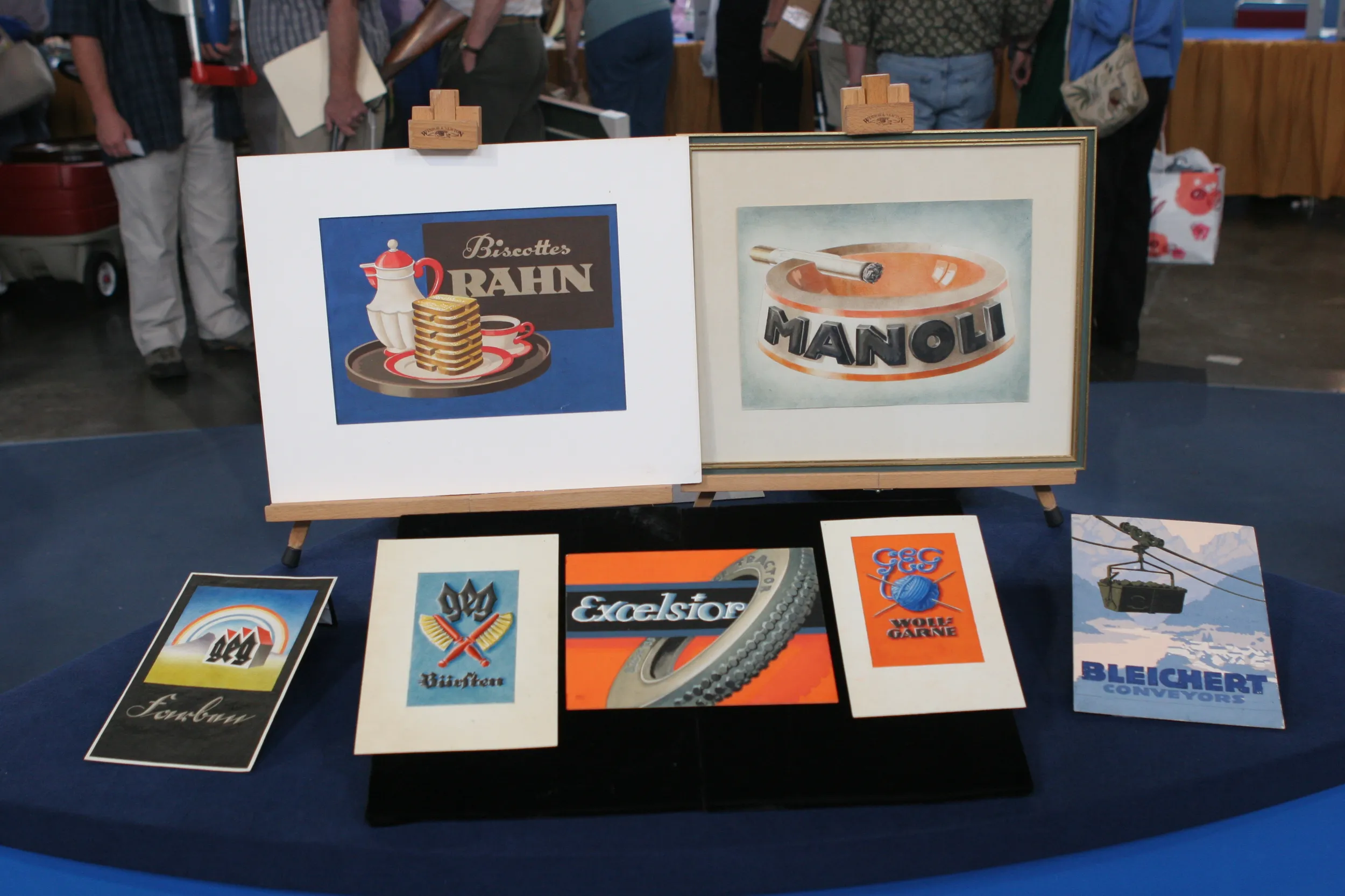APPRAISER: You've brought in this model, or maquette, for a sculpture by Alexander Calder. How did you, uh, come to own this?
GUEST: My father was in possession of it for many years. He was in a metal fabricating shop in Watertown, Connecticut, near where Alexander Calder lived. And Alexander Calder brought this in to the shop and said, "Can you make this? "I've been commissioned by the U.S. government to do something for the Brussels World's Fair in 1958." So they said, "Yup." And the full-size stands about 22 foot tall. I can remember standing next to the actual thing in the shop before it was shipped over. It was dismantled after the Brussels World's Fair and stored in a museum basement somewhere, and only in the last, I think, seven years has it been brought out and put on display again in Brussels.
APPRAISER: Well, Alexander Calder is a very, very famous 20th-century American sculptor. His father was a sculptor and was born in Philadelphia, as was Calder himself.
GUEST: Yep.
APPRAISER: His father had an academic background, traditional French training. Calder went to the Stevens Institute of Technology, so he had a more scientific background. And you brought in the photograph of it at the World's Fair.
GUEST: I don't know if it's before or after the World's Fair, but there were water fountains all around it.
APPRAISER: And then you brought in this article that shows the piece. Here it is before it was painted. So it was hammered out of aluminum and then painted black. Calder is famous for making what we call stabiles, but also, he's the inventor of the mobile. This piece, uh, was meant to revolve. There was a motor in it. It revolved once a minute, like that. And it's on the carved wood base. His work is very, very desirable, very, very, uh, collectible. One of the things, though, they're easy to fake. These are cut with tin snips out of a sheet of, you know, out of sheet metal.
GUEST (laughs): Yep.
APPRAISER: And they're painted with household paints.
GUEST: Mm-hmm.
APPRAISER: So, even though you do have this impeccable provenance-- in fact, this article mentions the maquette-- I would encourage you to contact the Calder Foundation, and they would give you a letter of authenticity. I think a conservative auction estimate at this time would probably be in the $50,000 to $75,000 range.
GUEST: Really? Oh, my. (laughs) Oh, my.
